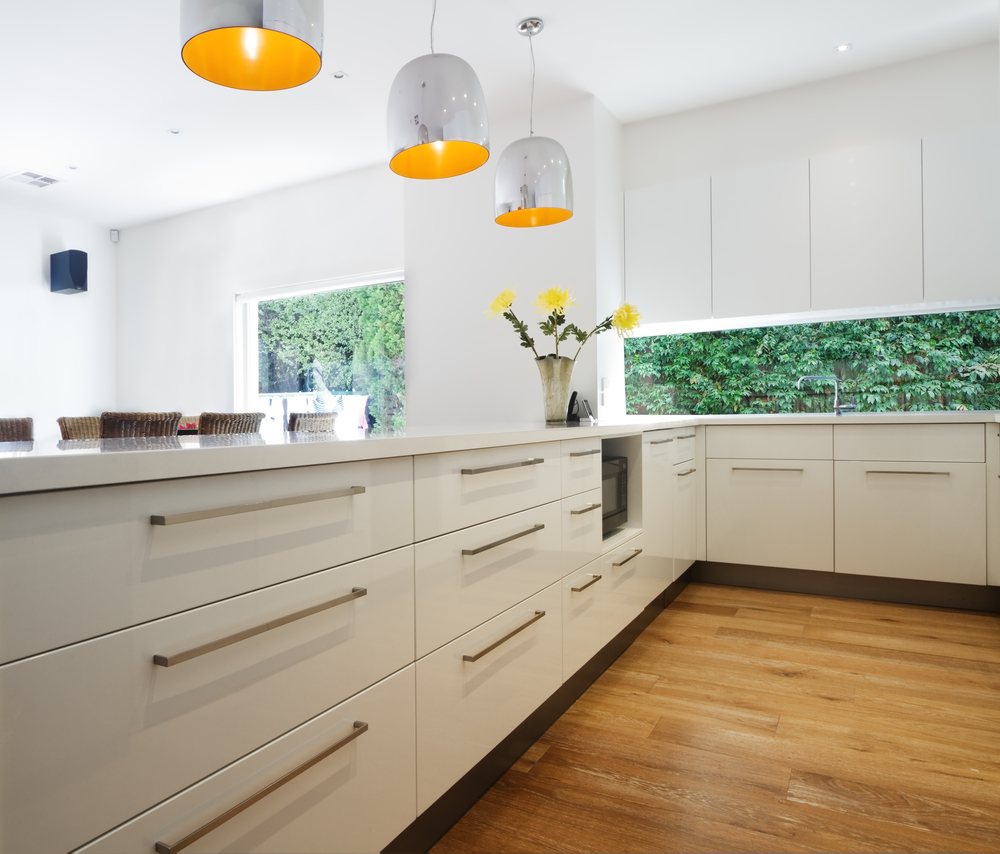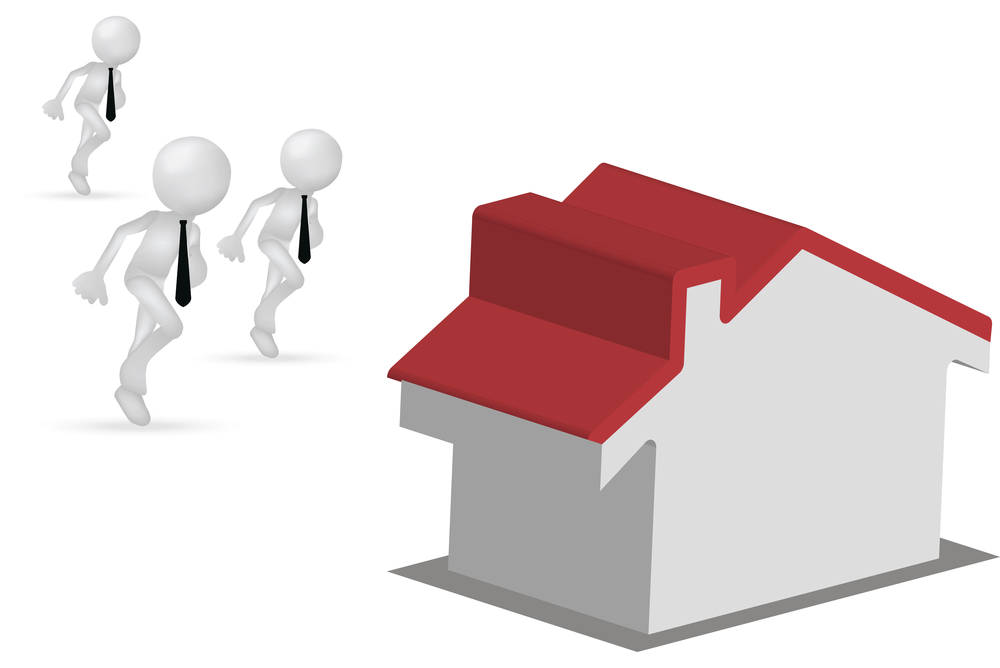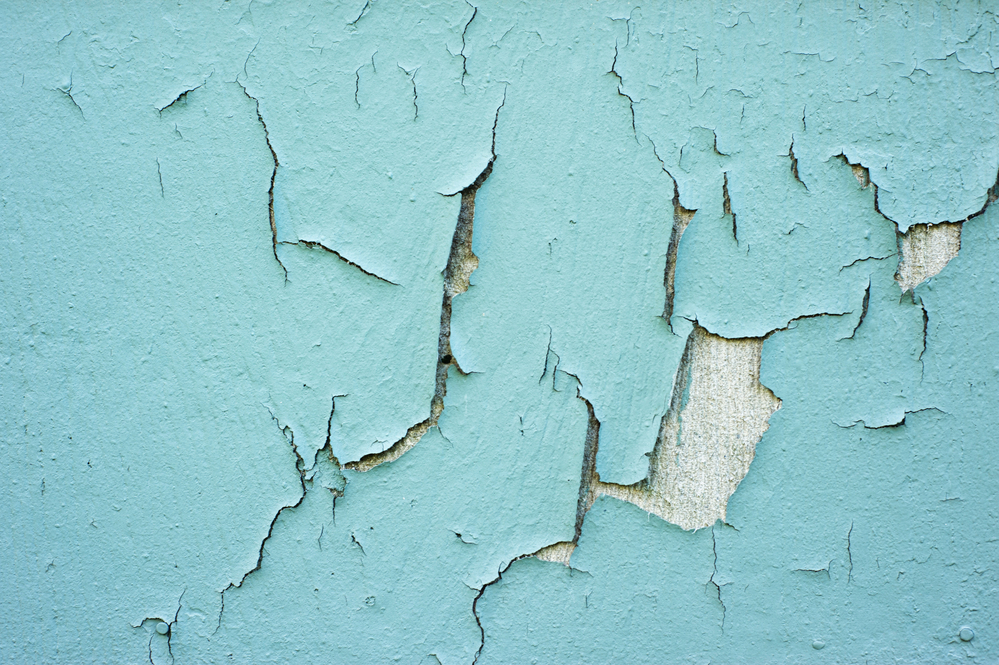Although a professional home inspection is recommended annually, it is possible for you to perform your own inspection in between. This enables you to spot problems as they arise and address them before they become larger – and costlier – to repair. Part one of this series covered aspects to check on the outside of your home. In part two, you will learn about what to look for on the inside of your property.
- Ceilings and Walls
If you see any blotchy or dark stains, it can be indicative of there not being enough ventilation through your home. Insufficient ventilation will result in the development of black mould and if any of the stains are brown, it can be an indication of a broken pipe or a roof leak.
- Bathroom
Cracked tiles and damaged or missing grouting and caulking enables water to get into walls and subflooring, which will result in more serious damp issues arising over time. If any tiles around the bath, sink, shower or walls are loose, it can also be an indication that dampness has already made its way into the walls.
Turn on the cold and hot water at all sinks, the bath and shower to look for leaks. It is also essential to inspect carefully around washers, toilets and hot water heaters for leaks and any form of damage. Any rust on water pipes or discolouration in water means that there is most likely a leak present somewhere.
- Kitchen Counters and Backsplash Areas
If any open space is present between the backsplash and counter area close to the sink, it can provide an ideal way for water to drip or run behind the sink and cabinets. Over time, this will cause cabinets to rot and result in mould developing in your kitchen.
- Electrical Service Boards and Power Outlets
If rust is present inside, it means that water is leaking into the panel somewhere. This will not only cause electrical shorts; it can cause a fire to break out as well. If wiring is untidy or uncovered, it’s recommended to call an electrician immediately. Power outlets should also be firmly secured into the wall and show no signs of physical damage. Fitted appliances should also be checked to ensure that they are working, as they should be.
- Wall Paint
This should be smooth and clean. Bubbling or flaking paint may be a sign that dampness has seeped into walls.
- Smoke and Carbon Monoxide Detectors
These should be installed throughout your home and tested twice a year to ensure that they are fully functional.
- AC Units and Water Heaters
Turn thee units on and let them operate for a short while. Listen for irregular noises and also be sure to check for loose or corroded piping.
Although you may have inspected your home inside and out, this should never be relied upon in place of an official home inspection report. If you intend buying or selling a home, it is crucial to have the property in question professionally inspected beforehand. If you would like to learn more about our various property inspection options, contact us today.





